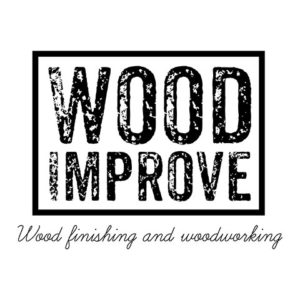Some traditionalists might tell you a butcher block cutting board is always end-grain maple, and if it’s anything else, it isn’t a butcher block. There is a time they would have been right, but just like woodworking, the term has evolved and has a broader definition these days.
A selection of bamboo, Acacia, walnut, cherry, and maple all boast the badge of butcher block. So which wood types make the best butcher block cutting boards?
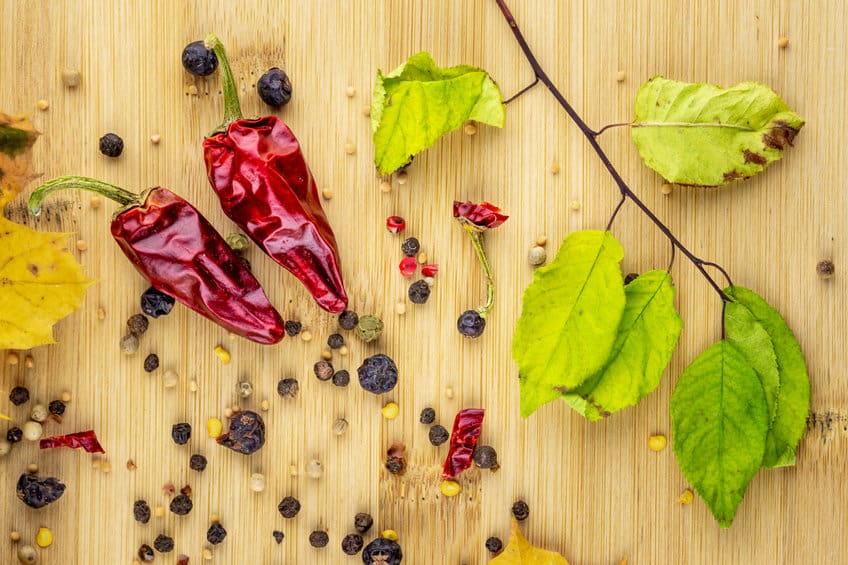
I thought I knew the answer, but I decided to dig in, look at the science of the wood, and report back with an answer that wasn’t a knee-jerk reaction. The answers I found surprised me, and I’m happy to share the answer with you.
Edge Grain And End Grain
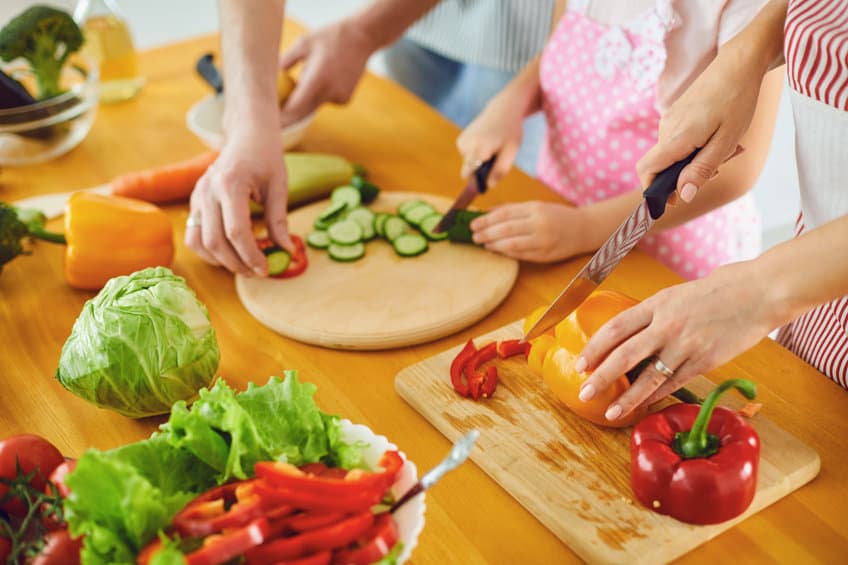
It’s essential to understand the current definition of butcher block when evaluating wood species for food safety, butcher block care, appearance, and how likely you are to enjoy using it.
Butcher block cutting boards are made from a selection of hardwood laminated together, with the grain running vertically (end grain) or along the length of the cutting board (edge grain).
Edge Grain
Edge grain butcher block is made from strips of wood running from end to end of the cutting board. You’ll typically see between six and twelve seams on the board, and the length of the grain is visible.
Fewer cuts are required to make an edge grain butcher block, so the build time is reduced, as is the waste, which results in a more affordable option. However, a cutting board made this way is less stable than end grain and can more easily result in warping and cracking. Another key difference is the way edge grain responds to the blade of your knife.
Because a knife cuts into the wood, either with or across the grain, the response of the wood will feel stiffer and harder, like a plastic board, which isn’t ideal (more on this in a moment). Another potential issue with edge grain is the wood’s ability to “heal” itself the way end grain does. Nicks, scores, and cuts in the wood happen more easily and can result in staining, moisture penetration, and potentially a home for bacteria to grow.
Edge grain can still be an excellent choice, especially since they can be replaced more often, but you will find most chefs and serious home cooks prefer end grain.
End Grain
Similar to edge grain, end grain is made from strips of hardwood, but the grain is oriented vertically. If you view an edge grain cutting board from the very end, that’s end grain, and there are a couple of key benefits to end grain cutting boards.
The first is stability. In a well-constructed end grain butcher block, you will see on each square has the grain running diagonally across. The block next to it will also have a diagonal grain, but it will be oriented to oppose the direction of the grain in the block next to it. This occurs over the entire butcher block.
Wood swells along the grain and barely all across the grain so that the vertical grain will cause very little pressure on the seams, and that alternating pattern negates the wood’s movement almost entirely.
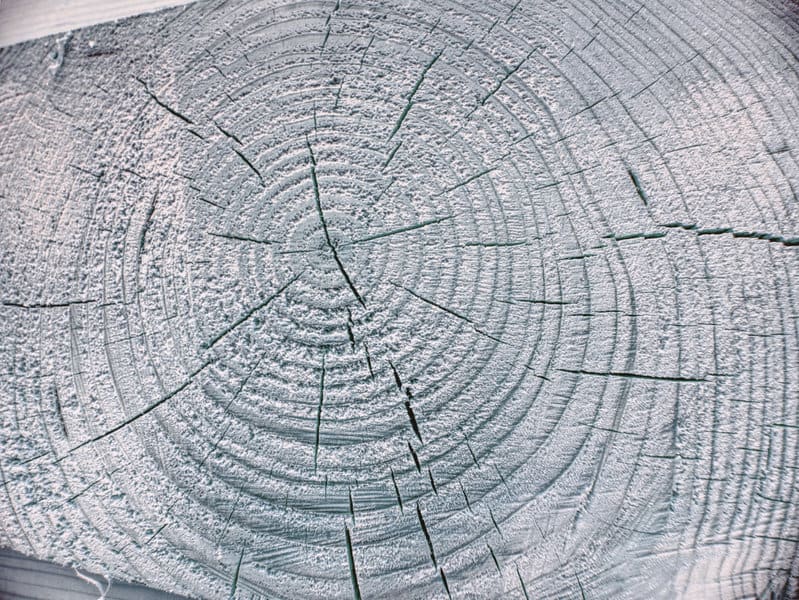
The second benefit is how end grain responds to kitchen cutlery. Woodgrain can be thought of like a handful of straws. If you hold them horizontal (edge grain) and cut across them, the straws will be damaged. If you hold the bundle of straws vertically, the knife can slip between the straws, leaving behind minimal damage when removed. The wood grain wants to return to its natural state, so if there is damage, the end grain has a higher likelihood of healing itself. This is also why end grain boards feel nicer to cut on vs. edge grain.
Keeping the grain closed means keeping liquids out. Sliced tomatoes, roast beef, and even water can all damage your butcher block by causing stains, warping, and bacterial growth, so a board that helps repel moisture makes an attractive choice. This brings us to an important consideration: Appearance.
Appearance
Butcher block cutting boards are beautiful and can sometimes be the centerpiece of a gorgeous kitchen by accentuating the cabinets and counters. I love the look of walnut, especially when paired with maple, but (spoiler) I don’t recommend the combination.
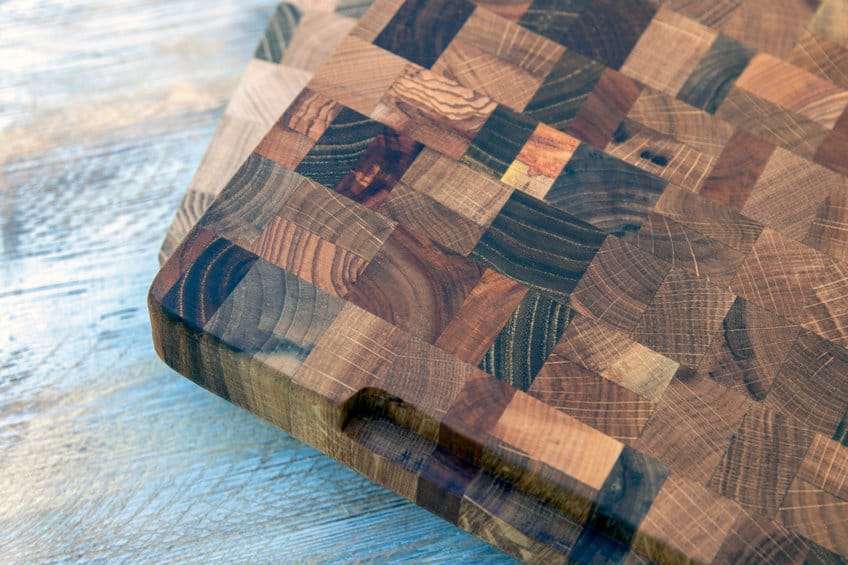
When looking for the best wood butcher block, I recommend choosing one wood only. Every species has a different density, which results in a different degree of movement and swelling. Although checkerboard patterns are beautiful, the seams where two types of wood meet are subject to greater stress because each wood moves different distances. That stress increases the chance your butcher block could crack. Cracks are not beautiful.
Of the many wood species available, including options beyond what I’ve mentioned so far, there are a few whose characteristics make them exceptional choices. Other varieties of wood may look appealing, but few can withstand sharpened steel, and some of them can be dangerous or even toxic.
Oak, for instance, is hard and affordable, but its porosity means it naturally wants to absorb moisture, which will lead to bacterial growth and can be dangerous. Other woods may contain compounds that can impart unwanted flavor, can be irritants, and in some cases may be toxic. Dating back to 77 AD, Yew is known to have poisoned people who drank the wine held in its casks. It’s important to know which wood is safe to use for butcher block, and no matter how beautiful it may look, I would remain skeptical of butcher blocks made from “wood” with no further distinction.
Characteristics Of Wood Species
The Janka scale is the scale we use to determine the amount of pressure required to embed a steel ball halfway into a piece of wood. This tells us the wood’s hardness, which is essential for butcher block regardless of its edge grain or end grain.
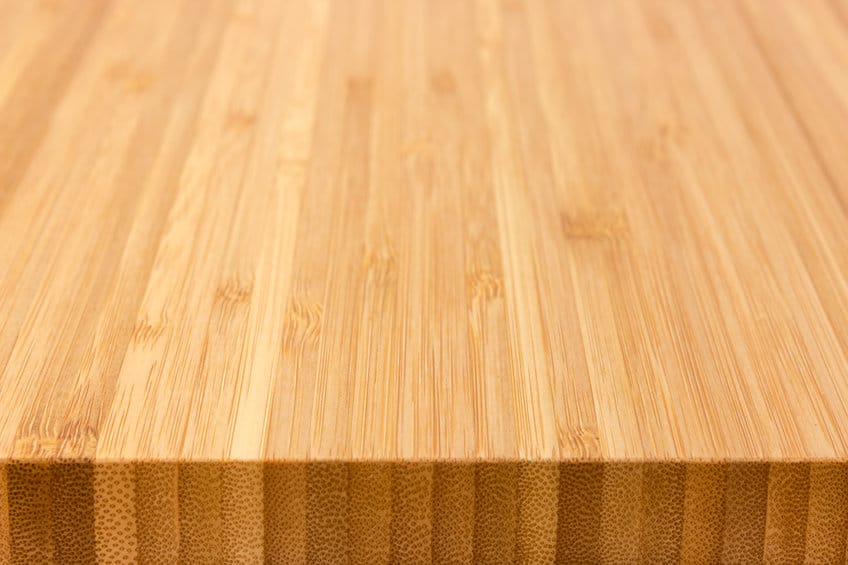
A few varieties of wood are frequent choices for cutting boards, and with good reason. They’re hard enough to withstand the abuse of chopping and cutting in the kitchen, they don’t contain any harmful compounds, and they’re not so porous that they become hazardous.
Porosity refers to the size and distribution of the tunnels that carry sap through a tree’s trunk. After the tree is felled and milled into lumber, these tunnels remain, sometimes visible still with the naked eye, such as we can see in oak. Porous woods make poor butcher blocks, so we’re going to look at the woods that are hard and that are “diffuse porosity,” which is a fancy way of saying the vessels are small and consistent throughout the wood.
A Comparison Of The Best Wood Species
- Maple has a hardness of 1,450 on the Janka scale and is non-porous; it can also be more expensive and needs to be conditioned regularly.
- Walnut has a hardness of 1,010 on the Janka scale, is more porous than maple, and while attractive, is expensive and more prone to splitting than maple.
- Cherry has a hardness of 950 on the Janka scale, is rather porous, as evidenced by its ability to accept stain, and its hardness makes it more likely to need often refinishing to keep clean.
- Acacia has a hardness of between 1,700 to 2,300 hundred depending on the species of Acacia, but since it has medium to large pores, it is less than ideal.
- Bamboo has a hardness of 1,350 on the Janka scale, is non-porous, renewable, and cheap, but because of its size, it must be pressed to make butcher block.
Conclusion & Recommendations
Based on my research, I can confidently recommend maple as the best hardwood for a butcher block cutting board. Its hardness holds up to kitchen wear, its porosity is only second to bamboo, but since bamboo can’t be end grain, maple is the best.
There’s a reason why hard maple, aka rock maple or sugar maple, has been considered the best species for generations. I’ve looked at many options online, and if you’re looking to purchase rather than build a cutting board, I recommend one made in Canada.
Maple is abundant in Canada, and Kisote’s Maple Cutting Board hits all the marks. It’s an end grain, maple cutting board, it’s attractive, and they offer a satisfaction guarantee.

Affordability is an essential factor, and maple end grain is top-tier. Kisote is an excellent value, but if you’re searching for a board just a bit more affordable, an edge grain maple board is a fair compromise.
I recommend the John Boos edge grain board. It’s reasonably priced, and the company has a history dating back to 1887, so they know what they’re doing when it comes to butcher block cutting boards.

While Acacia has some drawbacks, it is a tough wood, and affordable options are available. I recommend taking extra care to hand wash and dry any acacia cutting board, plus regular treatments. Still, if the expense of a good maple board is prohibitive (and it sometimes is), then I recommend the Extra-Large End Grain cutting board from La Mongoose. This one is extra thick, which helps prevent warping, it has a juice groove, and to be fair, it’s beautiful.

No matter which wood you choose, be sure to prepare your kitchen with food-grade mineral oil. A best practice is to always handwash your cutting board, avoiding soap whenever possible, and dry it with a clean towel immediately afterward.

One last tip, and possibly the most important tip – whether you plan to buy a butcher block cutting board or build one, I prefer my prime rib medium rare 🙂
